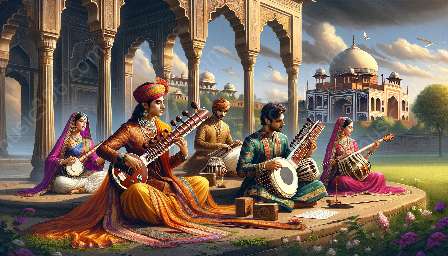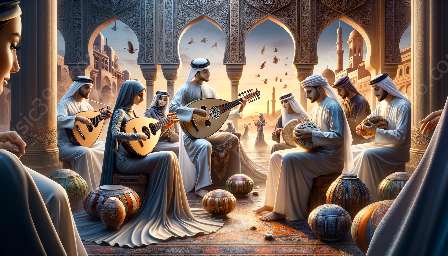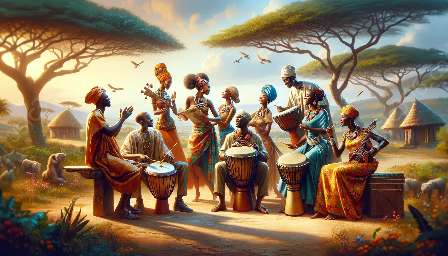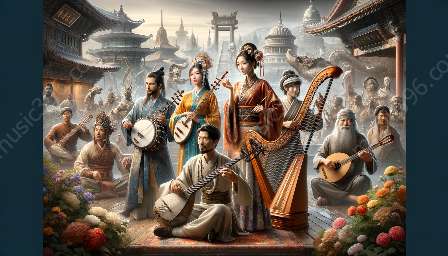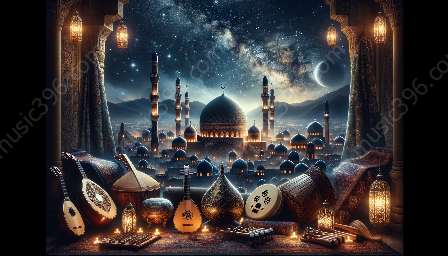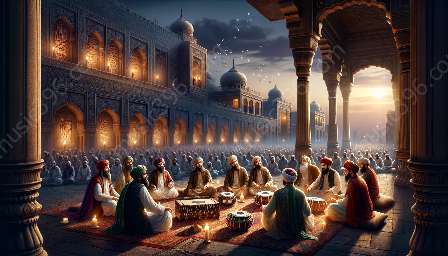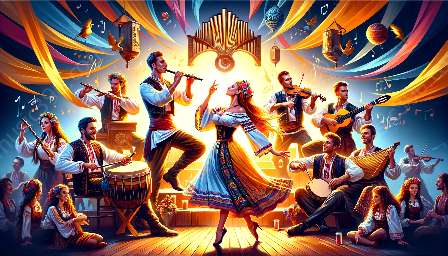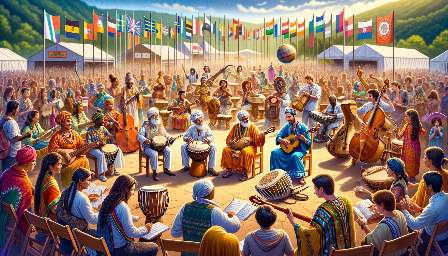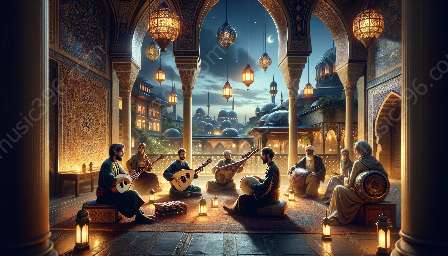In South Asian music traditions, storytelling plays a vital role in expressing history, cultural values, and spiritual beliefs. Through intricate narratives and melodies, South Asian music weaves tales of love, devotion, and societal norms. This article explores the significance of storytelling in South Asian music and its impact on the world music scene.
Understanding South Asian Music Traditions
South Asian music encompasses a diverse range of musical styles and traditions originating from the Indian subcontinent, including classical, folk, and contemporary genres. This music is deeply rooted in cultural and religious traditions, reflecting the rich history and diversity of the region. Central to these musical expressions is the art of storytelling, which serves as a means of preserving cultural heritage and passing down wisdom from one generation to the next.
The Art of Musical Storytelling
Storytelling in South Asian music is often conveyed through various musical forms, including classical ragas, folk songs, bhajans, and qawwalis. These forms are characterized by intricate melodies, poetic lyrics, and emotive expressions that bring narratives to life. The use of raga-based melodies in classical music, for example, allows musicians to convey specific moods and emotions, enhancing the storytelling experience.
Furthermore, the storytelling element in South Asian music is not limited to vocal performances. Instrumental music, such as sitar, tabla, and sarod, also serves as a medium for storytelling, with musicians using improvisation and intricate melodic patterns to convey compelling narratives.
Expressing Cultural Values and Traditions
South Asian music traditions often incorporate storytelling to express cultural values, societal norms, and historical events. Through the retelling of ancient epics such as the Ramayana and the Mahabharata, musicians convey timeless moral lessons and philosophical insights that continue to resonate with audiences across the globe. Folk songs, in particular, provide a glimpse into the everyday lives of people, depicting love, joy, and sorrow in a manner that reflects the cultural tapestry of the region.
Moreover, storytelling in South Asian music serves as a vehicle for preserving oral histories and traditions. The passing down of musical compositions and stories from one generation to another ensures the continuity of cultural knowledge and heritage, fostering a sense of connection and belonging within South Asian communities.
Spiritual and Devotional Narratives
Religious and spiritual storytelling is integral to South Asian music, with traditions such as devotional music (bhajans and kirtans) and Sufi music embodying profound narratives of devotion and transcendence. Through melodious renditions and poetic verses, musicians express deep spiritual yearning and devotion, creating an immersive experience for both performers and listeners.
These spiritual narratives often explore themes of divine love, mysticism, and the path to spiritual enlightenment. Sufi music, in particular, emphasizes the concept of divine unity and the power of music as a transformative force, captivating audiences with its mesmerizing storytelling and soul-stirring melodies.
Influence on World Music
The storytelling traditions of South Asian music have had a significant impact on the global world music scene, influencing artists and audiences worldwide. The evocative storytelling and emotive qualities of South Asian music have transcended cultural boundaries, garnering appreciation and admiration from diverse audiences.
Contemporary musicians and composers often draw inspiration from South Asian storytelling techniques, integrating elements of raga-based melodies, rhythmic patterns, and lyrical storytelling into their own compositions. This cross-cultural exchange has led to the fusion of South Asian musical traditions with various global genres, creating innovative and dynamic sounds that resonate with a global audience.
Preserving and Celebrating Cultural Heritage
Ultimately, the role of storytelling in South Asian music traditions goes beyond mere entertainment. It serves as a powerful tool for preserving cultural heritage, celebrating diversity, and fostering cross-cultural understanding. By immersing audiences in captivating narratives and emotive melodies, South Asian music traditions continue to enrich the world music landscape, showcasing the enduring significance of storytelling in shaping our shared human experience.



